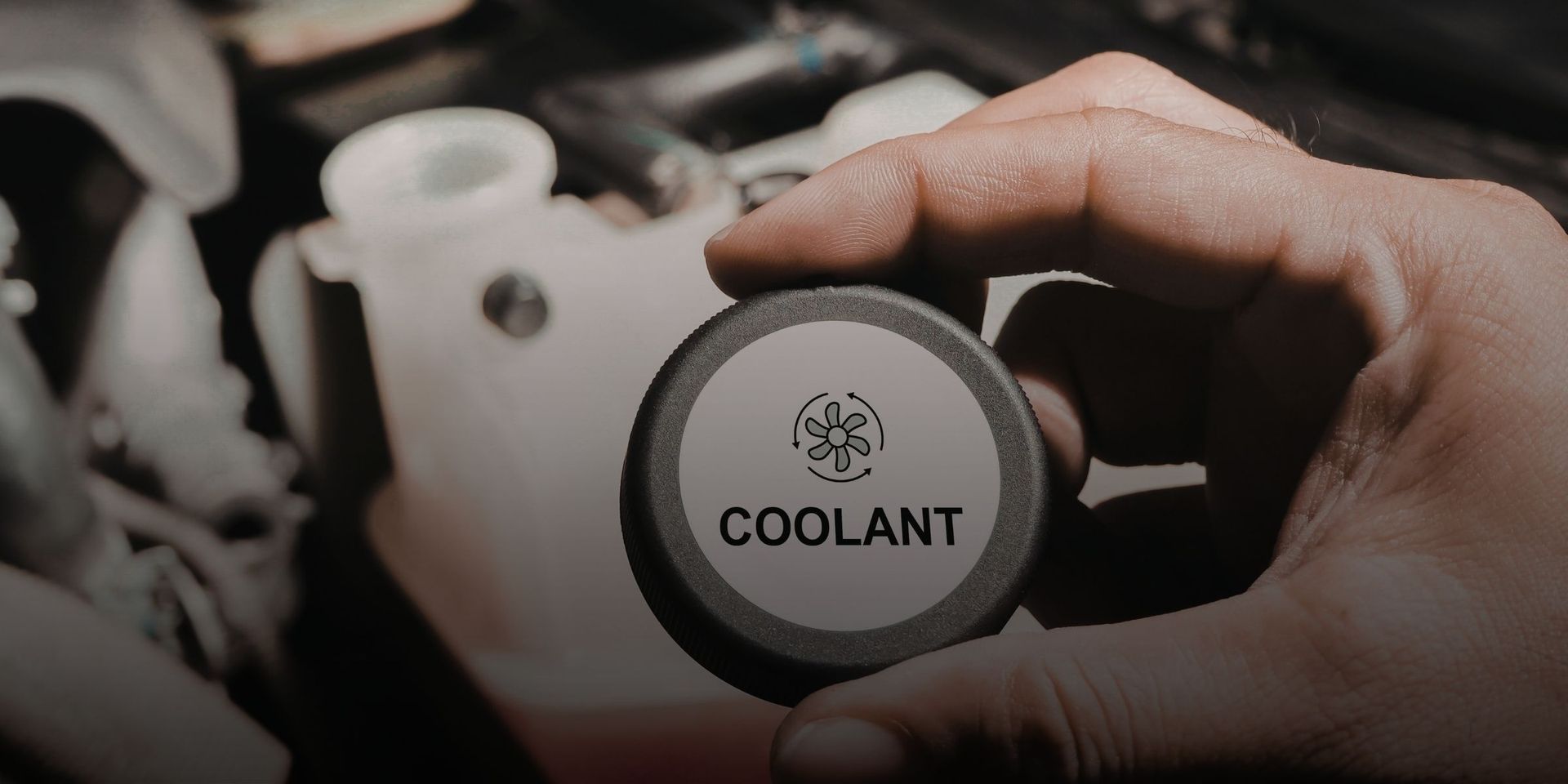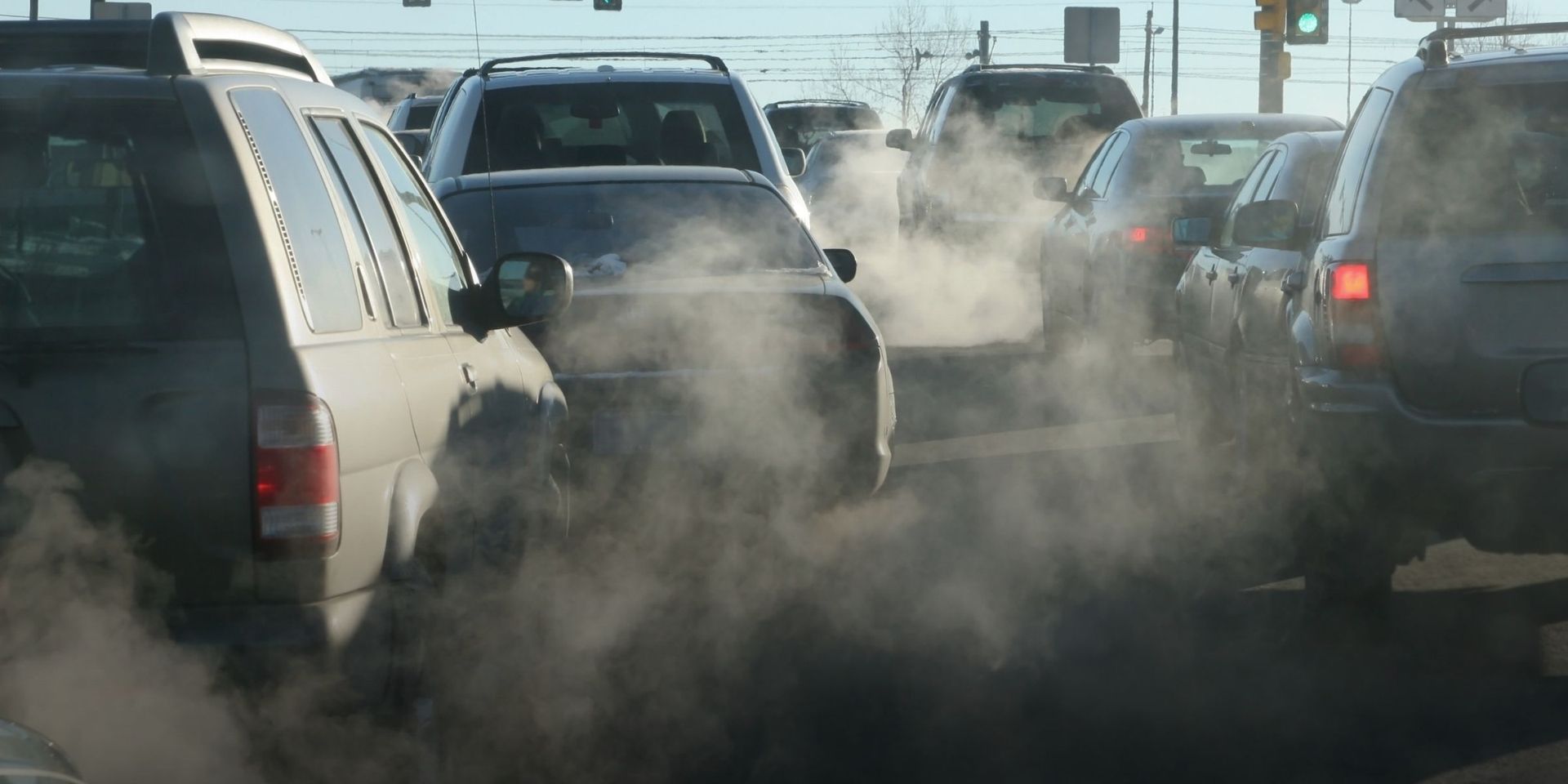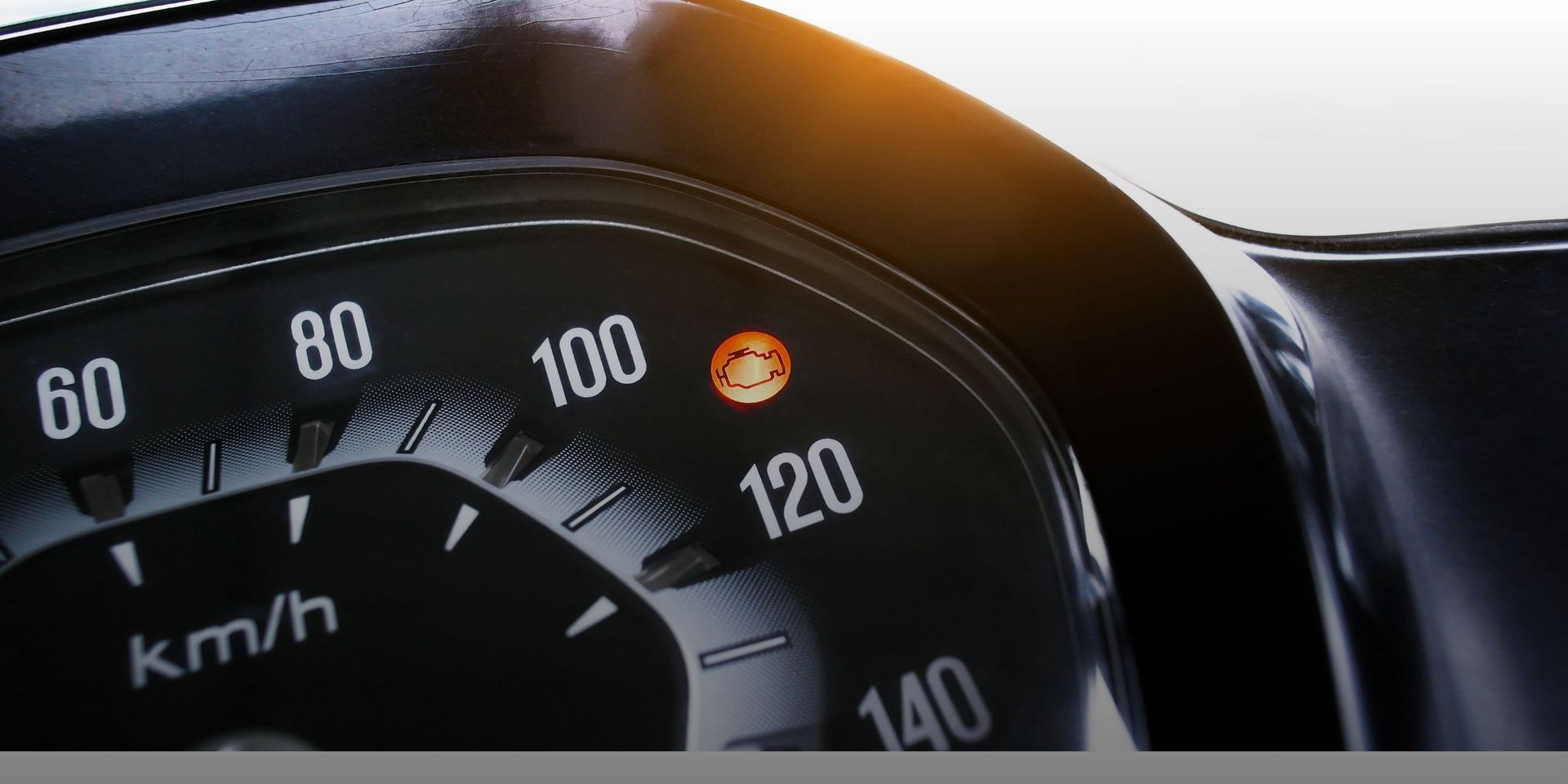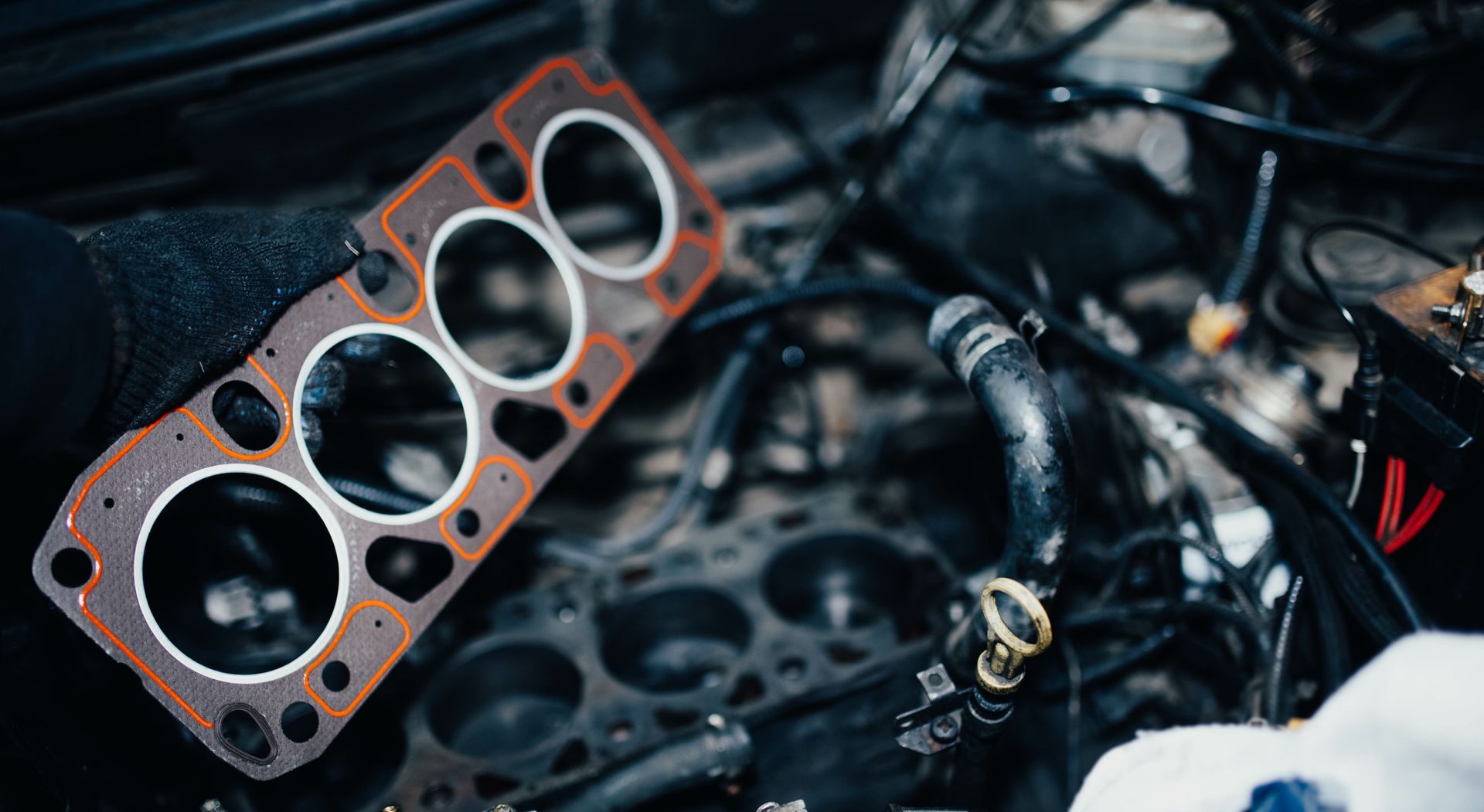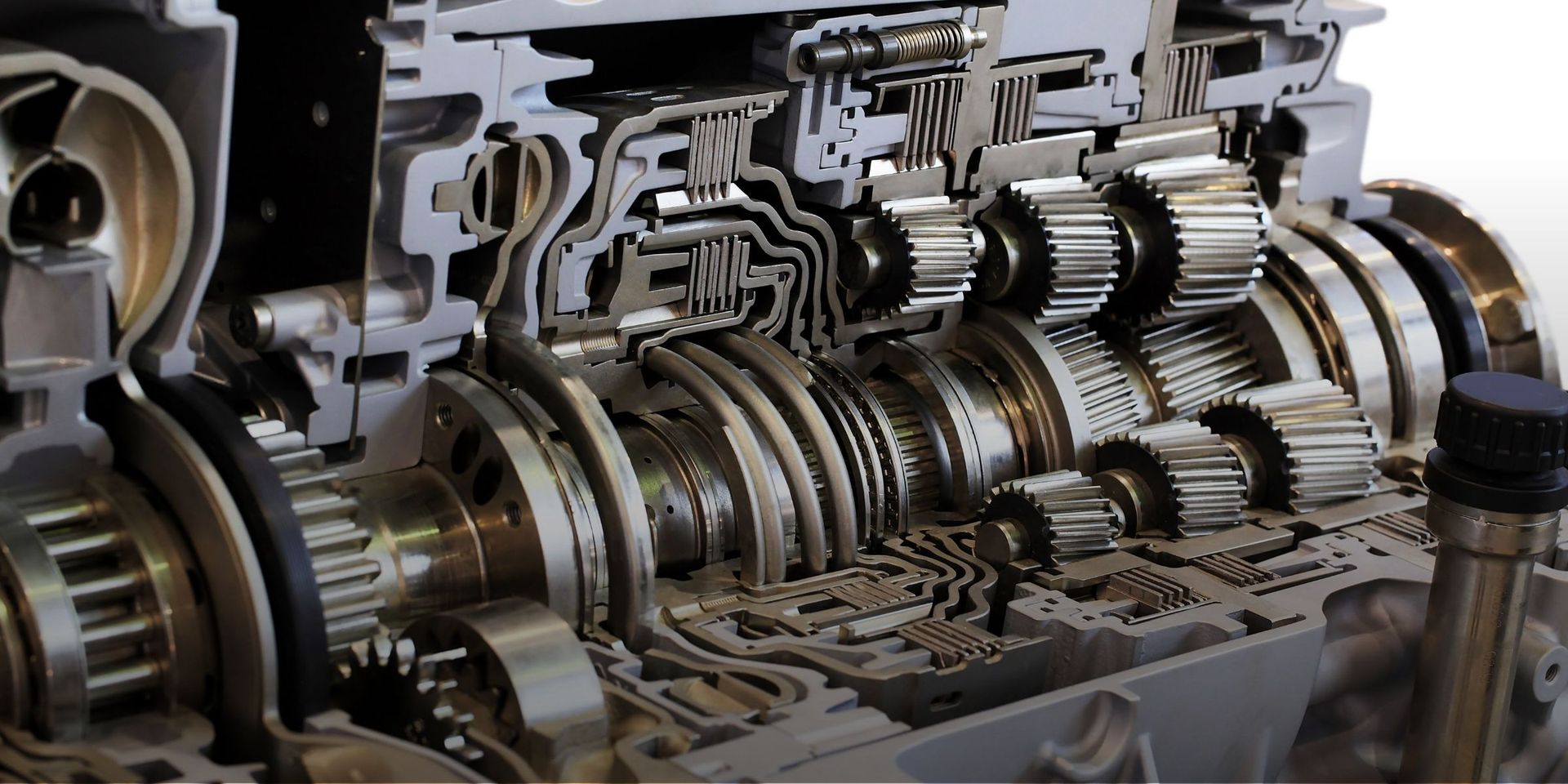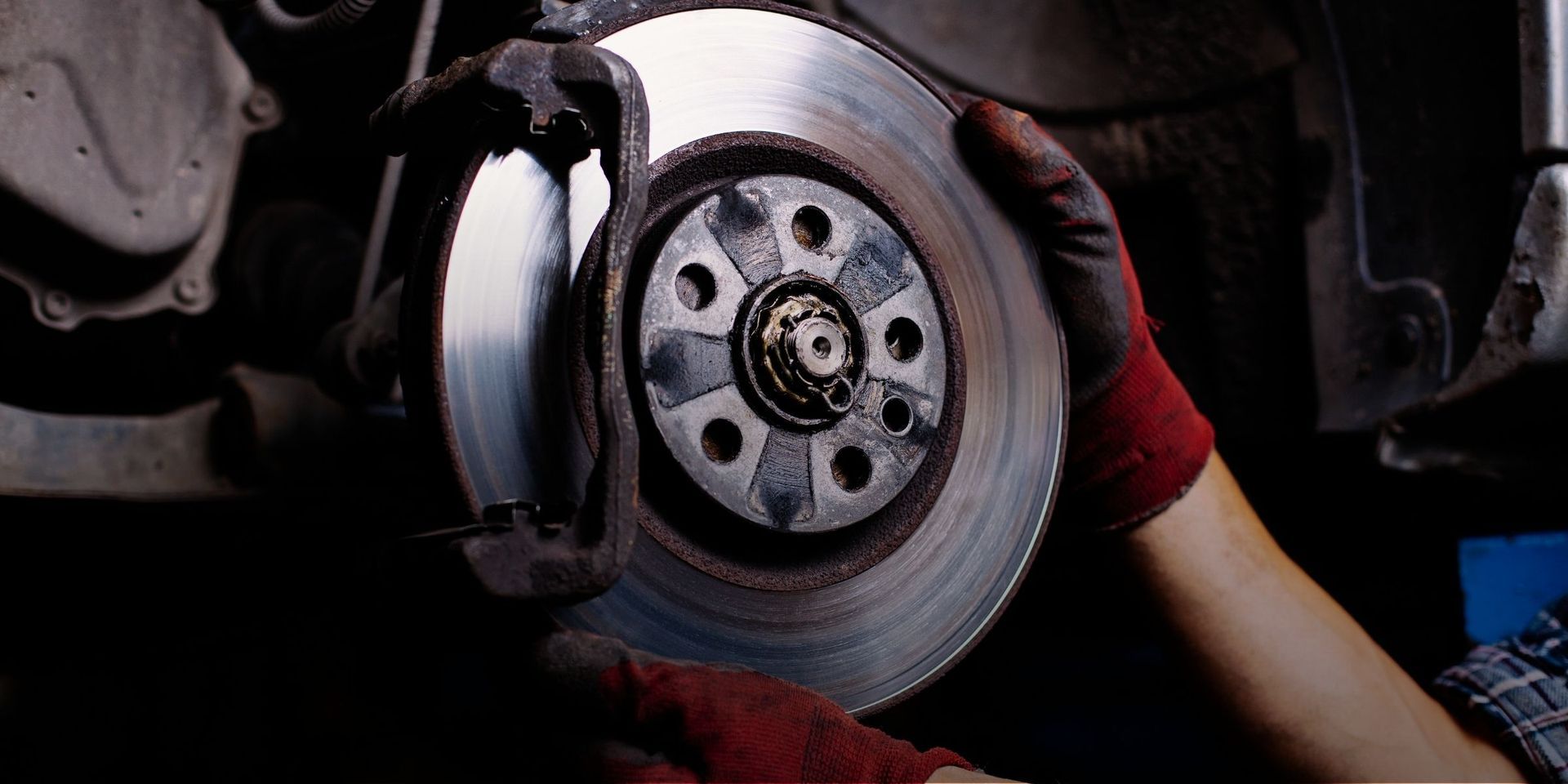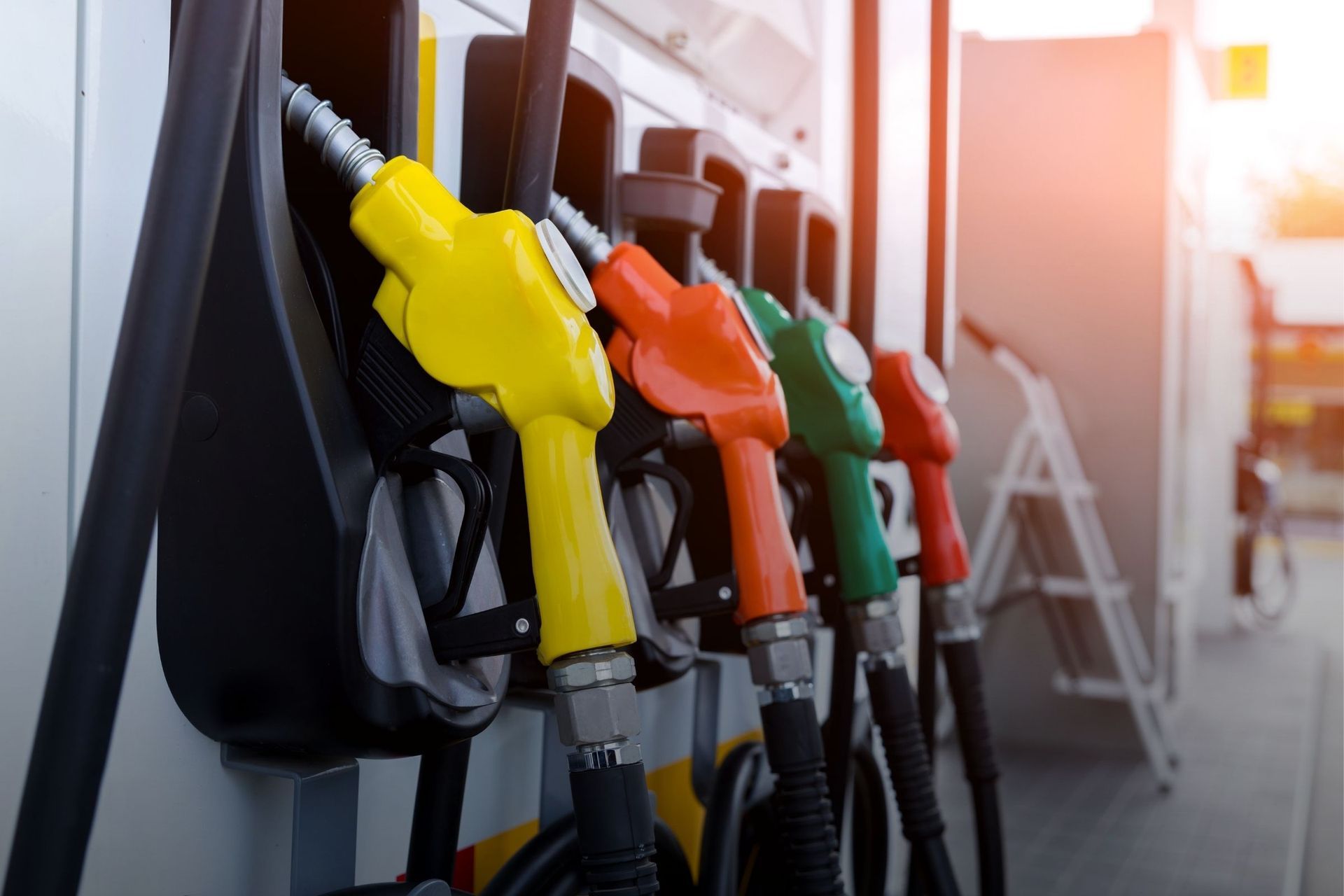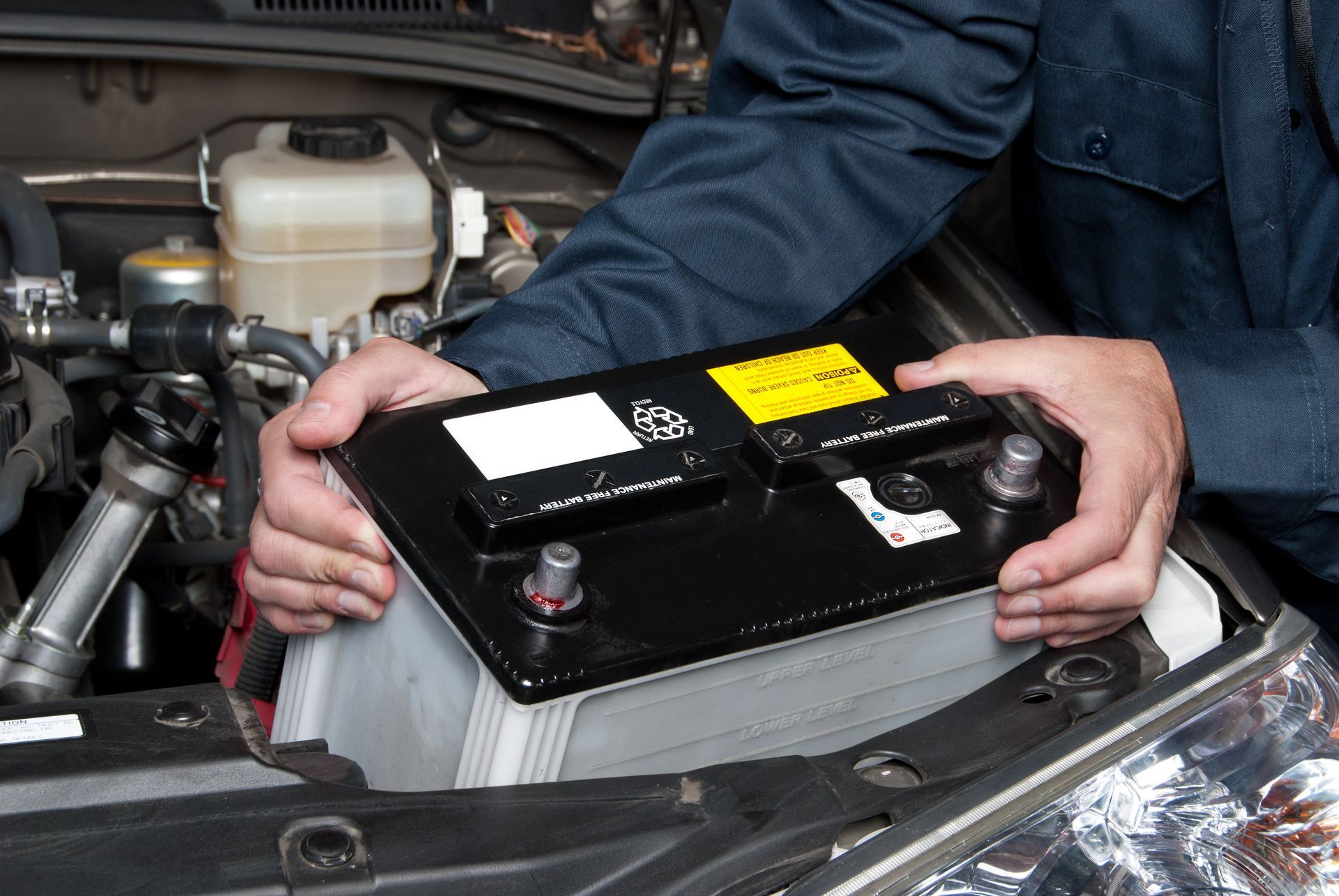The check engine light—those three dreaded words that can cause an instant surge of panic. Whether you’re heading to work or taking a leisurely drive, seeing that small glowing light can leave you wondering what is wrong with your car and whether you should stop immediately or if it is okay to keep driving. It’s important to understand that while the check engine light shouldn’t be ignored, not every situation demands immediate action. In this guide, we’ll cover everything you need to know to address the issue calmly and effectively.
What Does the Check Engine Light Mean?
First things first, what exactly does the check engine light indicate? This warning light is part of your vehicle’s onboard diagnostic system (OBD), which constantly monitors your engine’s performance and other critical components. When the system detects an issue—whether it’s related to engine performance, emissions, or other systems—it triggers the light to alert you. However, the light itself doesn’t reveal the specific problem. It could be something minor, such as a bad sensor, or as serious as an engine misfire. That’s why taking the next steps is crucial to figure out what’s wrong.
Check for Simple Issues First
Before panicking, checking for simple, easy-to-fix issues is always a good idea. A loose or damaged gas cap is one of the most common causes of a check engine light coming on. If your gas cap isn’t sealing properly, it can trigger the system and make your car think there's a fuel leak, even when there isn’t one. Tightening the cap or replacing it could potentially turn the light off within a few miles. If the light remains on, though, it’s time to dig deeper.
Understand the Severity
It’s crucial to know whether your light is flashing or solid, as the difference in appearance can signal the severity of the issue.
Solid Check Engine Light
A solid light typically indicates a non-emergency issue. While you should definitely get your car checked out, you don’t necessarily need to pull over immediately. It could be related to something like a failing oxygen sensor, catalytic converter, or spark plugs. In these cases, your car is usually still safe to drive in the short term, but waiting too long can worsen the problem or reduce fuel efficiency.
Flashing Check Engine Light
A flashing light is a sign of a more serious issue, such as an engine misfire, which could lead to damage if ignored. If your check engine light is blinking, pull over as soon as it’s safe, and avoid driving the car further until the issue is resolved.
Can You Continue Driving?
Whether or not you can keep driving depends on the type of issue and the condition of the car. If the light is solid and there’s no noticeable change in your vehicle’s performance—such as weird noises, decreased power, or unusual smells—you can often continue driving for a short time while you arrange for repairs. However, if you feel any shaking, hear loud noises, or notice smoke, it’s best to stop driving immediately and seek professional help.
When it comes to a flashing check engine light, don’t take any chances. Continuing to drive can cause significant damage to your engine, potentially leading to a far more expensive repair down the road.
Get a Diagnostic Scan
The most efficient way to find out what’s causing your check engine light to come on is by using a diagnostic scan tool. We at America's Service Station offer this service. The scan will generate a code that corresponds to a specific issue, giving you a clearer idea of what needs to be fixed. With this information, you’ll know whether it’s a minor repair or something that requires more urgent attention.
If you can access a diagnostic scanner, you can perform the scan yourself and save time. However, interpreting the codes correctly is key, and a professional technician will still be your best bet for making the right repair.
Common Causes of a Check Engine Light
While the exact reason for a check engine light can vary, here are a few common causes:
- Oxygen sensor failure: The oxygen sensor monitors the unburned oxygen in your car’s exhaust, and a failure can affect engine performance.
- Catalytic converter issues: Problems with the catalytic converter can increase emissions and lead to engine damage.
- Mass airflow sensor issues: The mass airflow sensor helps measure the amount of air entering the engine to ensure the right fuel-to-air ratio. If it malfunctions, your car’s performance can suffer.
- Faulty spark plugs: Bad spark plugs can cause misfires, reduce fuel efficiency, and trigger the check engine light.
When to Call for Professional Help
If the issue is beyond something simple, it’s time to get professional assistance. Even if your car seems to be running fine with a solid check engine light, postponing repairs can make the problem worse and more costly. A qualified technician will be able to diagnose the issue properly and make the necessary repairs.
Ignoring the light can also lead to failed emissions tests or further damage to your vehicle’s systems, which can cause more headaches down the road.
Don’t let your check engine light stress you out! Bring your car to
America's Service Station for a diagnostic test and professional service. We’ll find the issue and get you back on the road in no time.

